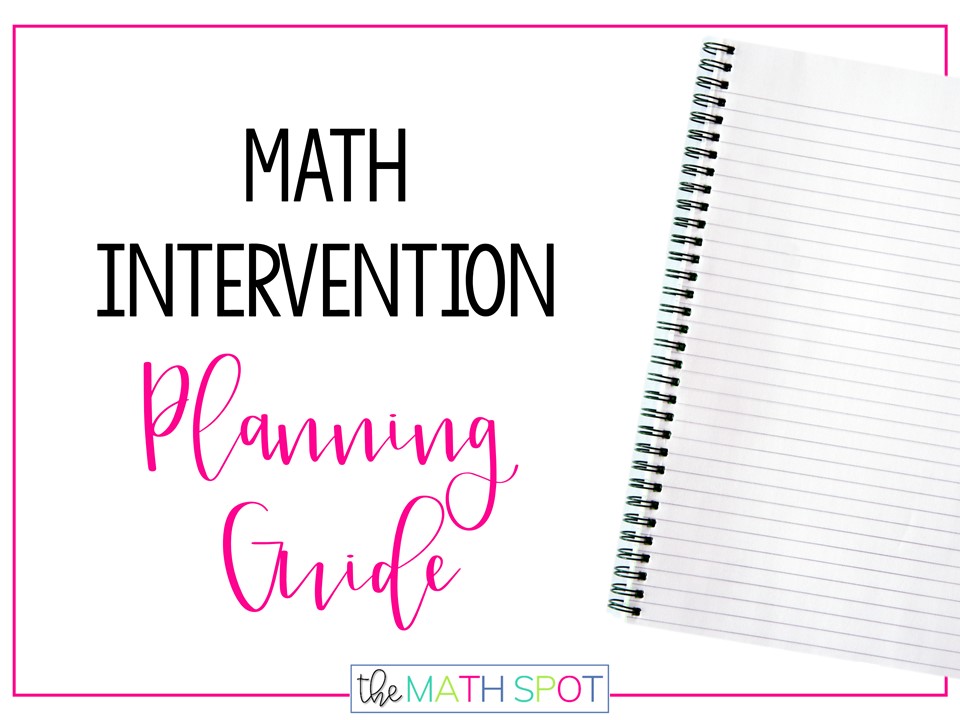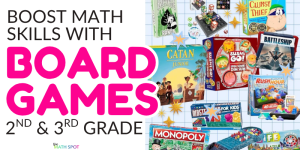It’s a funny thing pre-planning for intervention groups. Every summer I would find myself wanting to map out the topics I knew would be most important for my students in the coming year.
At the same time, I had odd feelings of guilt or that I was doing something irresponsible.
Should I be waiting to meet my new groups instead of trying to fit them into a mold that works for me?
This tug of war that interventionists feel is completely normal.
Over the years, I came up with a solution that works for me. It honors the fact that my students have individual needs but it also acknowledges that I have real and specific goals I would like my students to meet by the end of the year and it gives me a road map to make that happen.
STEP 1: Determine What Is MOST Important
First things first, look at your grade level curriculum and notice the foundational skills that your students will need to be successful with grade-level work. List these topics and order them chronologically. Next, look at the units you will be teaching during the school year and list out the most important skills and strategies that you can’t let your students leave the year without. I personally like to group these topics broadly so I can see the overarching scope of my year. You are looking for the most important topics because you want to have plenty of time not only to cover those topics. But to teach for mastery.STEP 2: Put It On the Calendar
Now that I have my list of topics, I look across the year and calendar in the general time I would want to be teaching these skills. Be sure to never get close to or ahead of the classroom pacing. Your intervention calendar will allow you to reteach information to students who have been taught but have not mastered a concept. By building in time for foundational skills at the beginning of the school year I am almost always able to stay just behind grade level pacing.STEP 3: Give Your Students TIME
When you break down your planning to only the most critical components you will be able to plan in the thing that your students need most.
Time.
When I plan, I give myself a week for initial implementation for a unit. Often I will plan in another week for follow-up. I never feel the rush during the first week of implementation. If my students need another day on a topic- fine! I build in a nice wide buffer.
In the example above I only had 14 topics to teach for the school year. There are far more than 14 weeks in a year. I am guaranteeing that I will be able to build in time for my students to come to mastery.
If most of my students are flying through the unit that’s great! They will get more time to work on math centers (more on that below!) and I will have the time to work 1:1 or 2:1 with the students who need that extra time and attention.
STEP 4: Build in MORE Time
After the second week of implementation, I might even build in ANOTHER buffer week. This time, I want to make sure I have time to do progress monitoring on fact fluency and I want to make sure my students have time for math centers. I pick my centers based on all of the standards we have worked on up until this point in the year, all of the fluency activities they have learned and all of the independent practice activities within the units of study. My students have no shortage of important work to do. And it is important! One of the most effective ways to move students understandings to long term memory is for students to practice the skill of recall. And when I bring back “old” centers or skills my students are getting plenty of time to recall and solidify their skills.STEP 5: Use This Guide
This FREE guide will support you as you plan your days, weeks, months and year! Sign up below to have the guide sent directly to your inbox!




